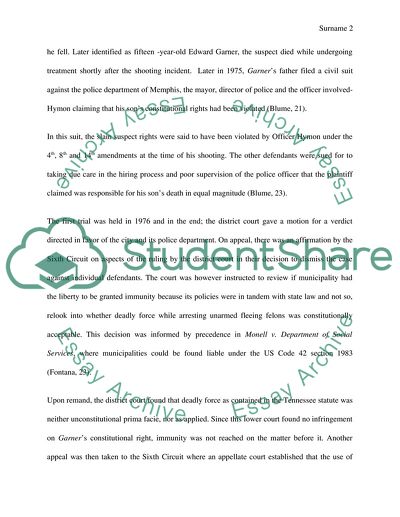Cite this document
(“Tennessee V. Garner Research Paper Example | Topics and Well Written Essays - 1750 words”, n.d.)
Retrieved from https://studentshare.org/law/1686759-tennessee-v-garner
Retrieved from https://studentshare.org/law/1686759-tennessee-v-garner
(Tennessee V. Garner Research Paper Example | Topics and Well Written Essays - 1750 Words)
https://studentshare.org/law/1686759-tennessee-v-garner.
https://studentshare.org/law/1686759-tennessee-v-garner.
“Tennessee V. Garner Research Paper Example | Topics and Well Written Essays - 1750 Words”, n.d. https://studentshare.org/law/1686759-tennessee-v-garner.


